Many of us are freelancers or agency owners who build websites for clients. If you consider this your full-time job, you’re always looking for more income streams to prop up your business. I have found that SEO (and all its different types and niches) is a natural fit for most web design agencies. You are already building the websites, so why not get more recurring revenue by mastering the art(s) of SEO for those same clients?
Below, I have nine (9) different SEO focuses that can make your side hustle or agency more profitable. Only one or two of these types of SEO will likely be a good fit at first, so make sure to narrow in on what you can achieve.
Most web designers and agencies are a natural fit for offering Local SEO services—learn the easiest way to get started in SEO for Small Businesses. Those with excellent developer skillsets and backgrounds stand to make a lot more with Technical or Programmatic SEO. For the creatives among us, you’ll need On-page SEO skills mixed with a solid understanding of how content drives rank. Those working for large businesses or as in-house SEOs should gravitate toward Brand and Digital PR to establish sustained SEO growth.
- 1 Why SEO is a Complex Service to Offer
-
2
SEO Services Your Clients Need from You in 2025
- 2.1 1. Local SEO (for Small Businesses)
- 2.2 2. On-Page SEO (for High-Performing Content)
- 2.3 3. Technical SEO (for Better Performance & Visibility)
- 2.4 4. Programmatic SEO (for Automation & Scale)
- 2.5 5. Acquiring Backlinks (Off-page SEO for Establishing Authority)
- 2.6 6. Organic Content SEO (Content Matching User Needs)
- 2.7 7. Brand SEO and Digital PR (for Strong Presence & Reputation)
- 2.8 8. Alternate Search Engine SEO (Go Beyond Google)
- 2.9 9. International/Multi-Lingual SEO (for More Reach)
- 3 Start Offering SEO Services and Grow Your Business Today
- 4 Frequently Asked Questions
Why SEO is a Complex Service to Offer
SEO is one of the most misunderstood marketing tasks out there. That’s for a few reasons that are worth exploring very quickly:
- SEO is Fluid: SEO changes constantly. In 2024, Google released three spam updates, four core updates, and seven official algorithmic updates. What worked three years ago might not only not work but might work against you with today’s realities.
- SEO is Holistic: All SEO aims to capture attention at the top of search engines. However, that doesn’t mean that all SEO is the same. Many people talk about SEO as if it is one thing, but hundreds and sometimes thousands of decisions spanning all sorts of specialties need to be made across a whole web entity.
- Testing is Crucial: SEO is not a monolith. What works for one site may not work for another. Tactics and strategies differ from one type of SEO to the next, and it’s your job to know what needs to be done in any given situation or to test your way into knowing.
Now that we’ve established those simple maxims, let’s examine the kinds of SEO you should incorporate into your service portfolio. There are nine key kinds of SEO strategies that agencies and businesses should consider.
SEO Services Your Clients Need from You in 2025
Many people do not realize that SEO comprises various specializations. You’re not one of them. As a refresher, here are some considerations for agencies and clients in this area:
1. Local SEO (for Small Businesses)
Unless you have a specific niche in SaaS or other large industries, you more than likely have clients on your books who would classify as small businesses. Both brick-and-mortar and service-based businesses need local SEO in order to be found by their potential customers. Since you are building their websites, you are a natural fit to advise and perform Local SEO for them.
However, your first tasks in Local SEO have nothing to do with their website. Instead it is all about Google Business Profile (GBP) optimization and addition to relevant directories at first.
GBP is a dynamic tool for businesses to control their online presence with Google. Aside from having some free tools for managing appointment bookings or online ordering, it also lets you control how a business looks to its customers when they search for the business (or their category of business). This is done easily through “Edit Profile,” where you can optimize business descriptions, open hours, business categories, and more. The GBP is also where business owners would go to respond to reviews, request review deletions for spam/harassment, and post updates about the business.
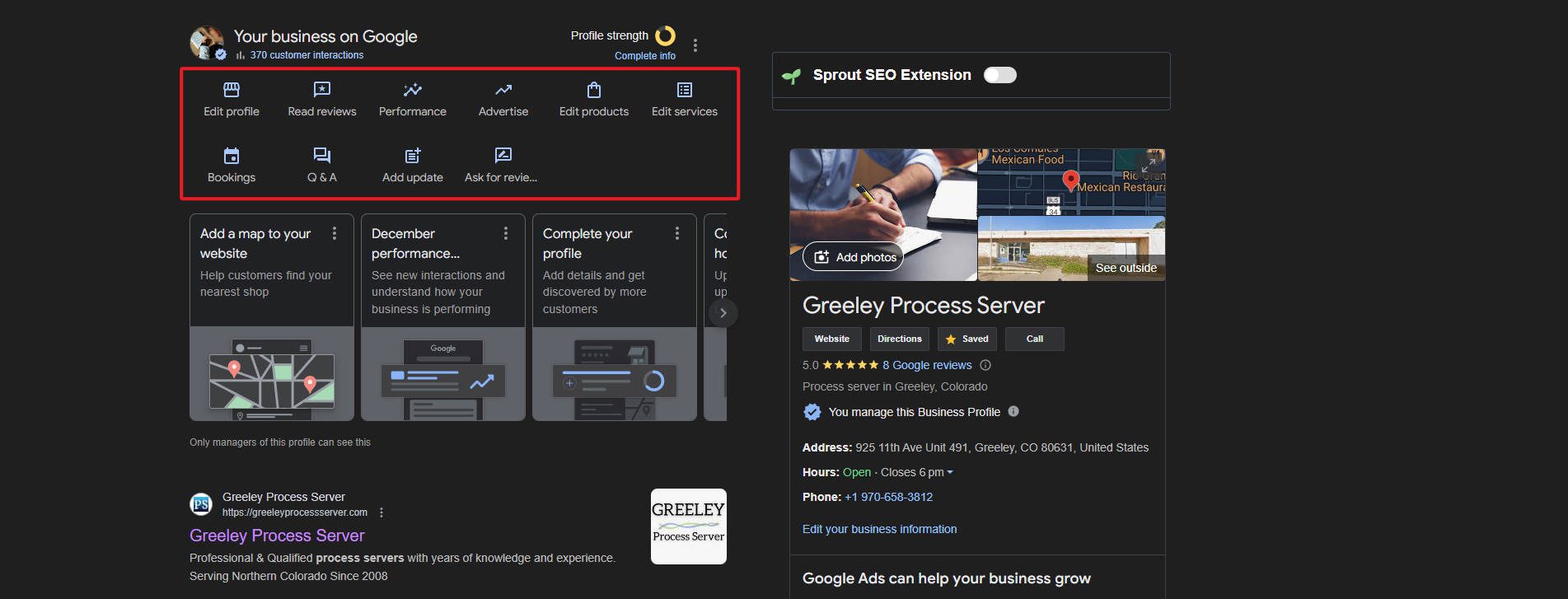
I’ve also found it helpful to look at performance data from GBP. You can get a general overview of how a business profile is doing in search rules and look at more meaningful insights, such as the number of direct calls, bookings, directions, and website clicks originating from your Google Business Profile.
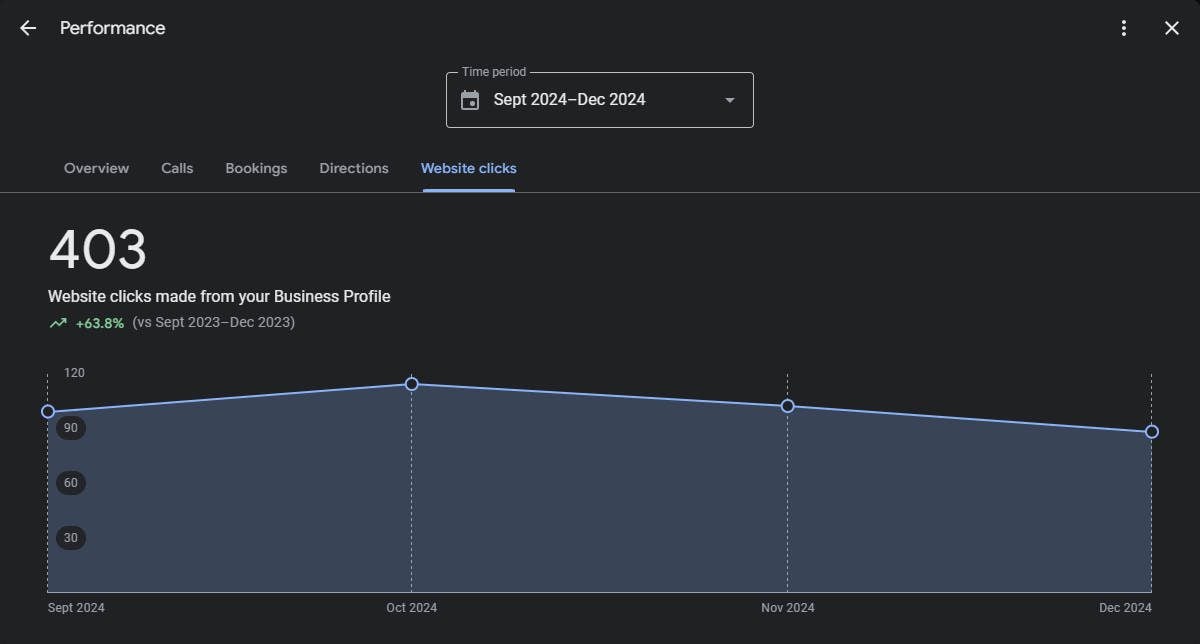
Optimizing a Google Business Profile (GBP) for Local SEO
Here are some high-level tasks to research and master if you hope to properly manage Google Business Profiles and help your clients succeed in local search results:
- Complete profiles: Fill in all information accurately, including business name, address, phone number, website, and category selection. Spend a lot of time researching categories to use for each business.
- Optimize descriptions: Craft a compelling description highlighting your services and target keywords. Do not be spammy because keywords here don’t matter as much as they used to. Be clear and convincing.
- Manage photos: Upload high-quality, relevant photos showcasing your business, products, and team. Pictures of inventory, services, staff, and your building go a long way. Quality is essential here.
- Encourage reviews: Ask satisfied customers to leave positive reviews and respond to all reviews promptly. Keywords in reviews can help, so if you have the ability to gently coach wording, give that a try. Otherwise, encourage customers to be descriptive in their reviews.
- Post regularly: Keep your profile updated with new information, promotions, and events. An active profile is a trusted profile.
- Utilize insights: Analyze performance data from GBP to understand customer behavior and optimize your profile accordingly.
- Maintain consistent NAP: (Name, Address, Phone number) across all directories. This is less important in the age of semantic AI, but still a best practice.
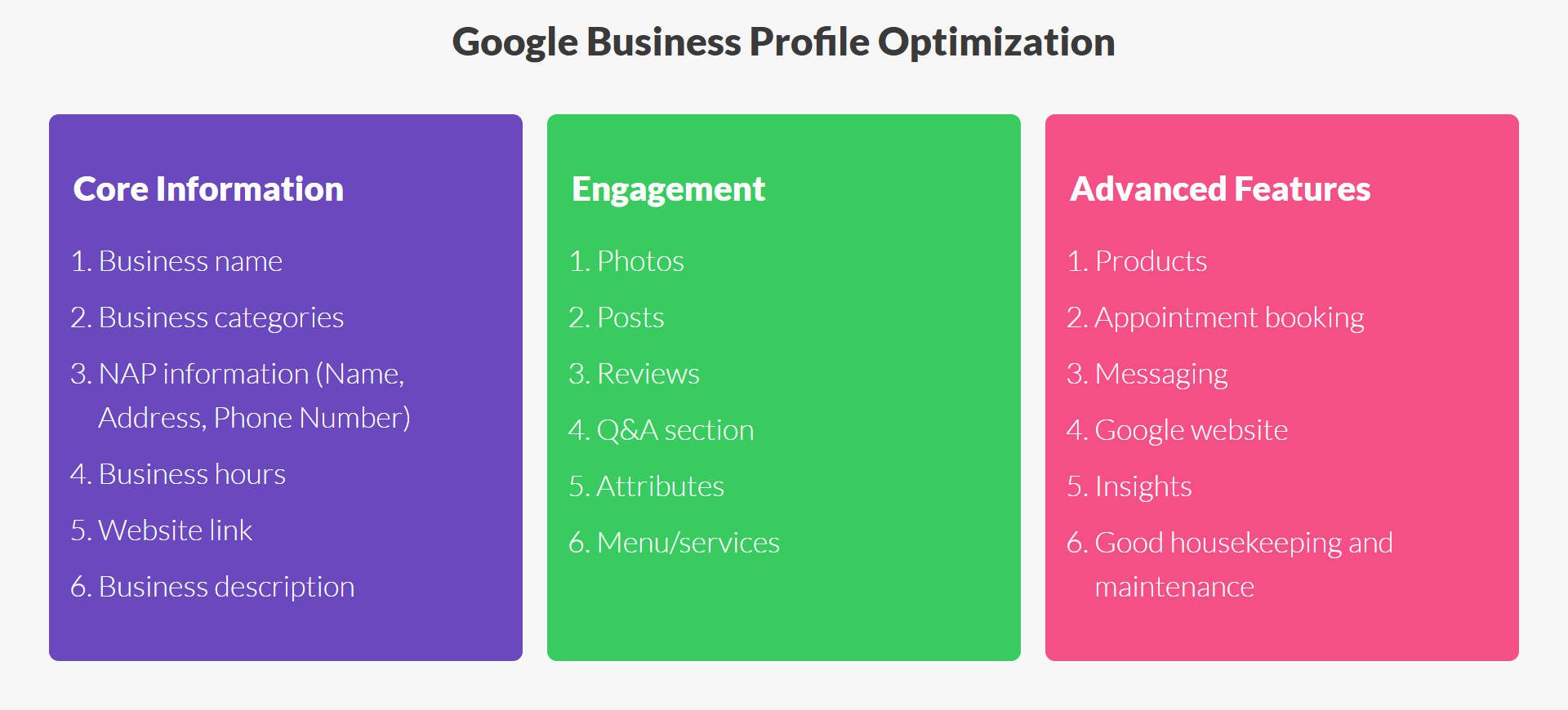
Prioritization goes from left to right
Lastly, if you monitor keywords, it would be important to monitor both local keywords (keywords with locations) and branded keywords. You want to know how well you are ranking in local search terms. But you also want to see steady growth in brand mentions over time—this means that people recognize your brand and search for it more often.
Tagging keywords as Local, Brand, and Other is a good practice for Local SEO
| Difficulty | Expected Deliverables | Tools Needed |
|---|---|---|
| Low | Optimized Google Business Profile (GBP), citation building reports, local keyword ranking reports, review management, and monthly performance reports (calls, website visits, directions). | Google Business Profile Manager, citation tracking with BrightLocal, local heatmaps with Merchynt, local keyword research tools, Google Analytics, and Google Search Console. |
2. On-Page SEO (for High-Performing Content)
This is the SEO that most people traditionally think of. It involves optimizing the elements directly on your website to improve its ranking for relevant search queries. This includes title tags, meta descriptions, headings, keyword usage, internal linking between content, and addressing content relevance to targeted search queries.
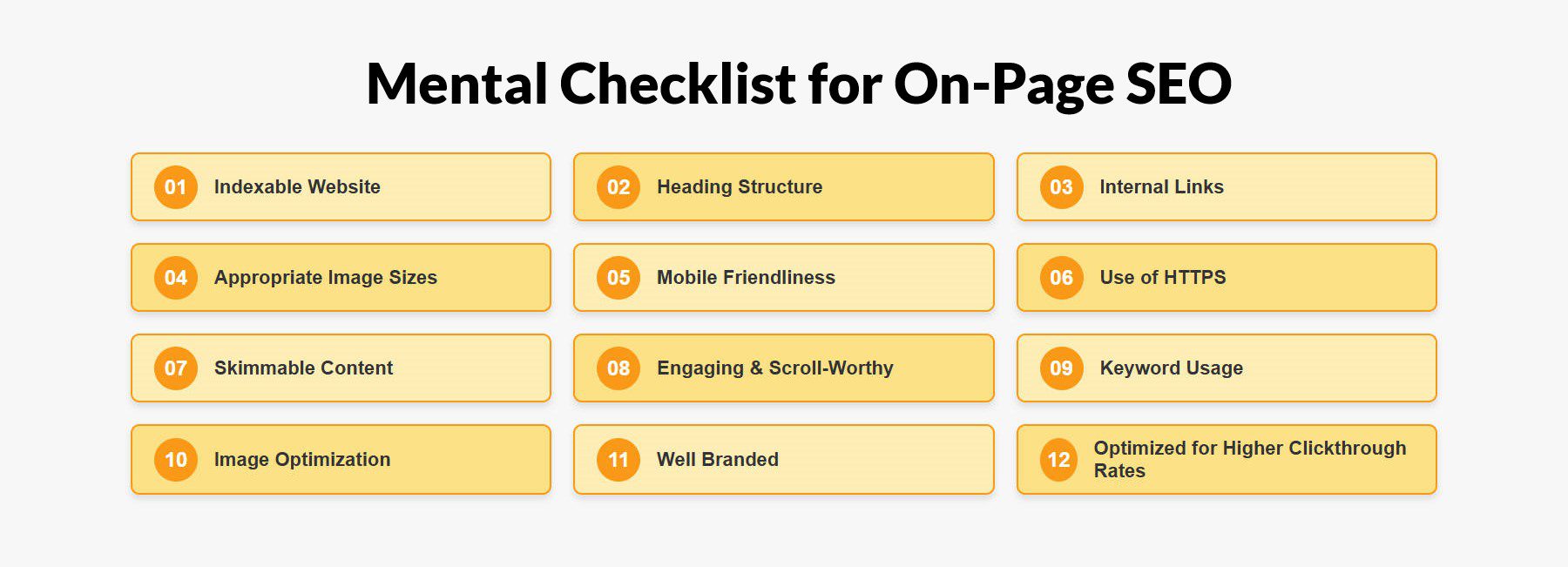
A multi-pronged approach to On-Page SEO
Agencies should have a strong understanding of keyword research, SEO plugins, and non-spammy content optimization techniques. Optimizing images with descriptive file names, alt tags, and captions can improve user experience and search engine visibility.
Start with smaller businesses and offer a considerable discount. Build a portfolio and then go to more complicated projects. This is a multi-year specialization unless you hire experienced talent. Most low-quality SEO agencies I’ve worked with in the past “specialized in” on-page SEO and only did minor tweaks to title tags and meta descriptions and created content that was 400 words long. This does not work in modern SEO.
| Difficulty | Expected Deliverables | Tools Needed |
|---|---|---|
| Medium | List of pages to optimize—with a why and why your suggested changes matter. Includes title tags, meta descriptions, headings, content optimization reports, semantic keywords, internal linking audits, query intent matching, JSON-LD schema, and content improvement/update recommendations. | Keyword research tools (e.g., Semrush, Ahrefs, Moz Keyword Explorer), SEO audit tools (e.g., Screaming Frog, Sitebulb), content optimization tools (e.g., SurferSEO, Frase), Google Analytics, Google Search Console. |
3. Technical SEO (for Better Performance & Visibility)
Technical SEO optimizes website infrastructure to help search engines crawl, index, and understand a website. It’s considered technical because it focuses on how data is organized and findable across an entire page and website and how easy it is for web crawlers (like GoogleBot) to crawl. Clients may have websites built on platforms like WordPress but lack the technical know-how to optimize them properly.
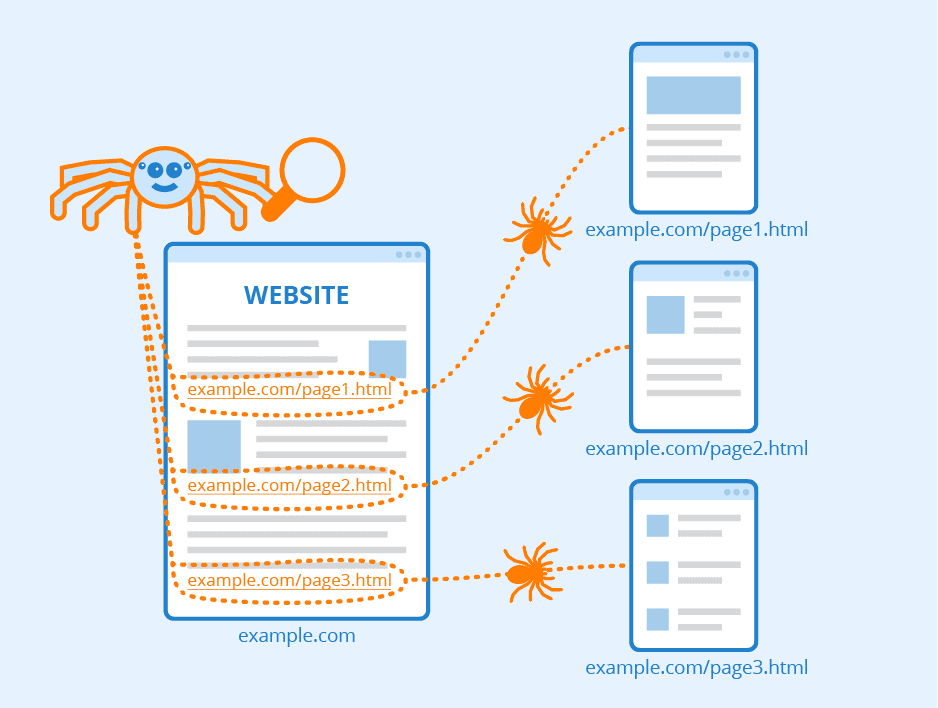
Example: Illustration of page crawling from internal links
Technical SEO professionals require diverse skills, including understanding search engine ranking factors, proficiency in HTML, CSS, and JavaScript, and experience with web servers and hosting. They should be familiar with SEO tools like Google Search Console and Screaming Frog, possess analytical skills to identify and resolve technical issues, conduct audits, and provide recommendations. A strong understanding of website and information architecture, structured data (schema markup), and experience with CMS platforms like WordPress are also essential.
Technical SEO with Divi
Divi provides a great toolset for building advanced websites, but that doesn’t mean it can’t be misused. As a developer using Divi (or any WordPress page builder), you should make sure your sites are designed to be technically sound. This includes optimizing CSS/JS delivery (minification, combining files, deferring scripts, and browser caching) for performance—an area where Divi already performs well. Divi already uses basic semantic HTML elements throughout the Theme Builder, giving specific header/footer tags instead of the generic <div>. Also, generating proper heading structures (proper H1-H6 ordering on templated pages is often overlooked) is something to consider as you build templates.
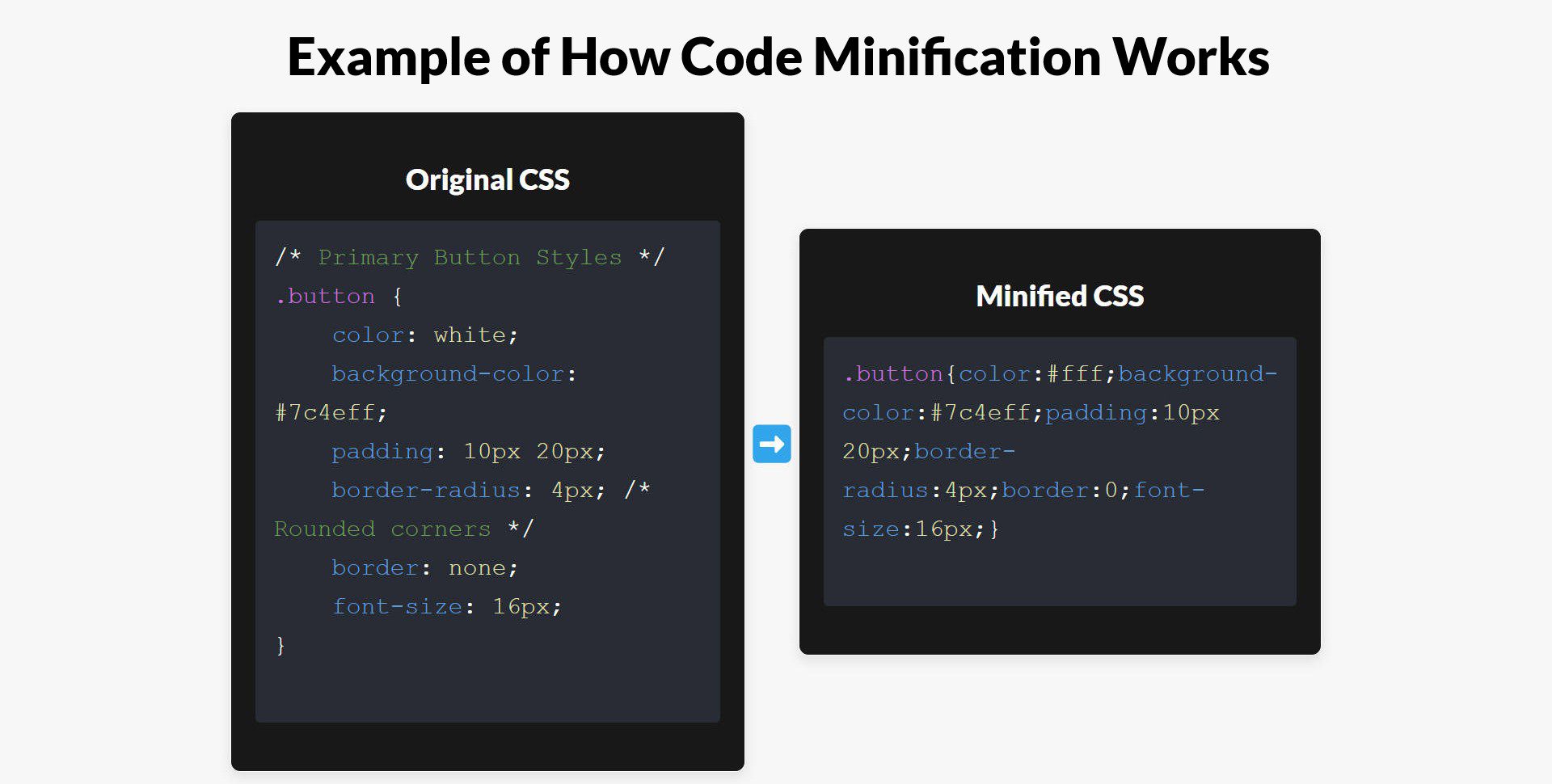
Divi does its own Minification, but plugins like WP Rocket apply it to the rest of your WordPress site (other plugins, etc.)
While consistent styling is a design best practice, developers should avoid redundant CSS by reducing the number of different modules used on a page and individual styles assigned to them. Divi Presets offers a class-based way of applying the same style to similar modules/elements across a page. Careful font selection and loading strategies (web-safe fonts, font-display: swap;) prevent layout shifts and reduce load time. Removing unnecessary code, minifying remaining code, caching, and Divi’s built-incode splitting further enhance performance for sites by loading only necessary resources.

Divi automatically code splits, only loading what is necessary for each page
Finally, for optimal search engine visibility, ensure correct XML sitemap generation (easily handled by most SEO plugins), effective schema markup implementation (Slim SEO’s Schema Add-on is a good option), and fine-tuned crawler access via robots.txt (Bot Logger can be helpful here). Identifying and fixing crawl errors, such as broken links or missing pages, ensures search engines can adequately access and index your website.
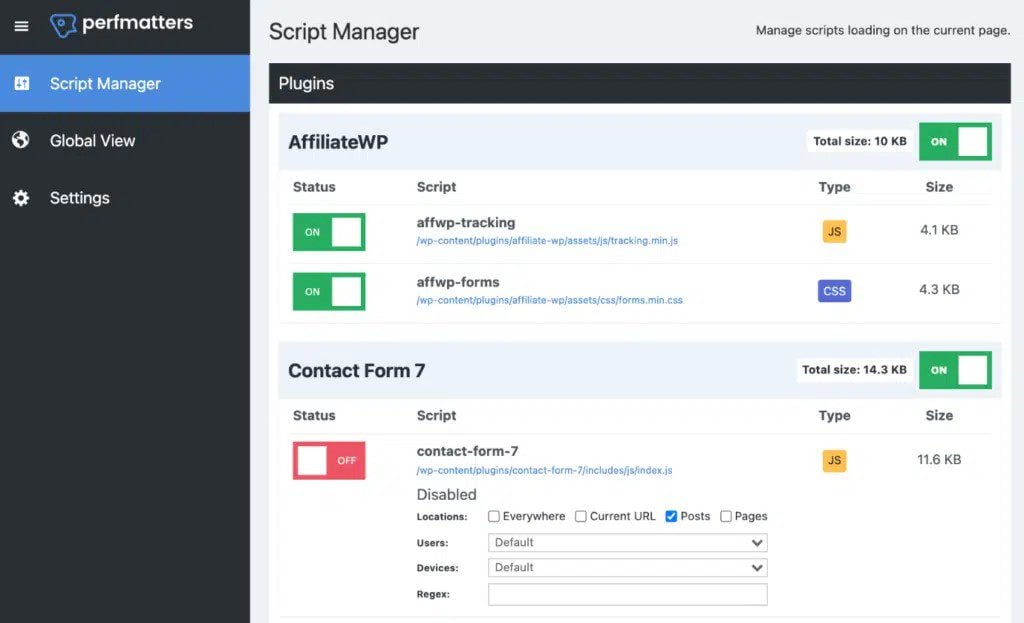
Shows the disabling of a JS file with Perfmatters (my go-to) from a particular page that isn’t using that file
| Difficulty | Expected Deliverables | Tools Needed |
|---|---|---|
| Medium to High | Technical SEO audits, website speed optimization reports, XML sitemap, robots.txt coverage reports, schema markup validation reports, mobile-friendliness audit reports, and security audit (HTTPS) audits are all necessary to recommend and then implement technical changes in their CMS. | Screaming Frog, Google Search Console, PageSpeed Insights, GTmetrix, WebPageTest, Google Rich Snippet Validator, and robots.txt testing. |
4. Programmatic SEO (for Automation & Scale)
Programmatic SEO (pSEO) is a sophisticated strategy that leverages automation (or AI) and data to create many unique, optimized web pages at scale. This works best when large amounts of very niche data can be used or transformed into numerous pieces of content. The programmatic part comes from automation that fills data into numerous documents.
At the beginning of the AI boom in 2022, people used AI to write hundreds and thousands of articles. Google worked swiftly to penalize websites that broke scaled spam abuse policies, resulting in damaging manual actions. With this in mind, programmatic SEO can be done poorly—but improper use does not negate proper use, and you can still perform pSEO for clients if you know what you’re suggesting to them.
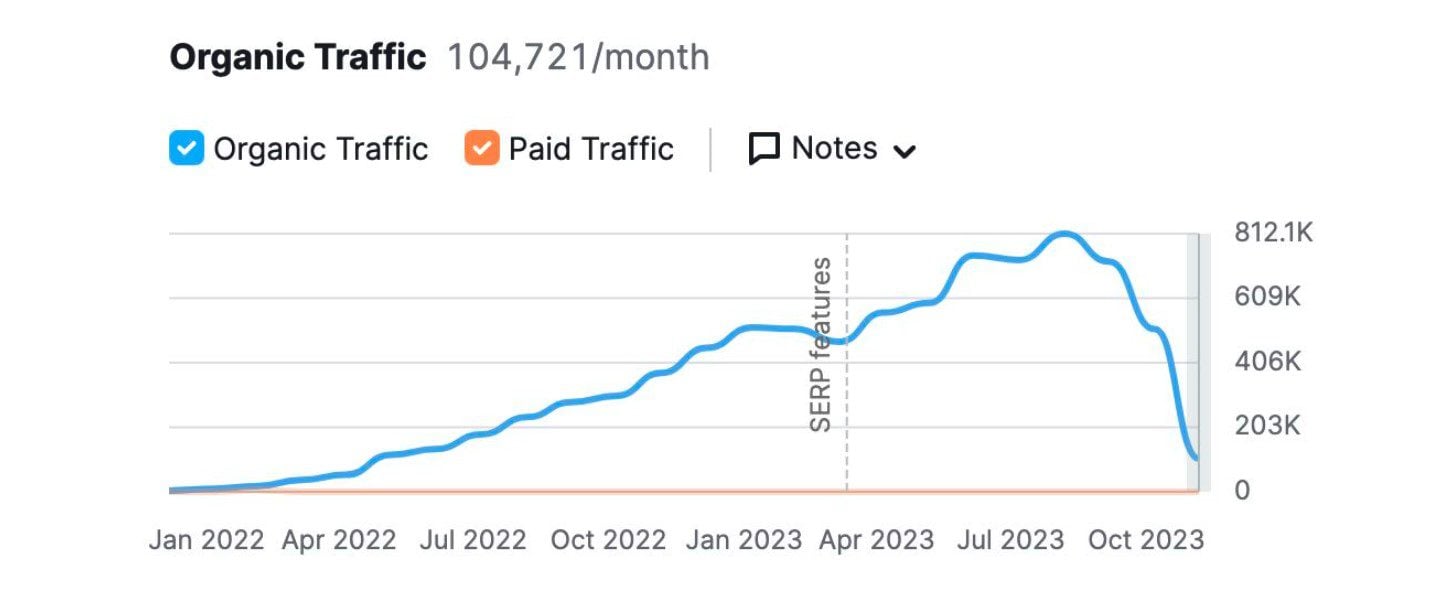
Example of spammy practices working for a time but collapsing (manual actions are hard to come back from)
One way to approach programmatic content campaigns is to create a niche/industry/product glossary of important terms to a business and its customers. But if other similar businesses have done this, you will likely not receive a worthwhile bump in traffic (this is an old tactic).
Zapier was one of the first companies I noticed that perfectly did programmatic SEO in a product-led way—they created pages for each integration and for every combination of two integrations. This created tons of very relevant pages that drove significant traffic.

Notice how this page is for Slack + Notion from the URL: zapier.com/apps/slack/integrations/notion
Programmatic content is, by nature, very longtail and doesn’t have to be very wordy. The type of content and automation that you have at your disposal will entirely determine how you can accomplish programmatic SEO—otherwise, you will be stuck with manual content writing (which is excellent, btw—it’s how I make a living and it works well—see Organic Content SEO).
One note to be wary of: Google has lined out something they call “scaled content abuse.” This practice involves creating many pages with little to no value to users to manipulate search rankings. Google considers this a violation of its spam policies.
| Difficulty | Expected Deliverables | Tools Needed |
|---|---|---|
| High | Programmatic SEO strategy, keyword research for programmatic pages, template creation, data integration and automation, traffic/rank tracking, and regular monitoring and optimization of programmatic campaigns. | Data analysis tools (e.g., Google Sheets, Excel, SQL), SEO automation tools (e.g., custom scripts, APIs), keyword research tools, and other technical SEO tools. |
Backlink acquisition is the process of earning links from other websites to your own. It’s one of the main tasks of off-page SEO. These links act as “votes of confidence” from other websites, signaling to search engines that your site is a credible and valuable resource. Negative SEO works the same way, but we won’t be covering this black hat tactic. Okay, let’s talk about offering backlink acquisition services as a new SEO agency.
The Reality: Backlink acquisition is hard. It’s time-consuming, requires persistence, and often involves a lot of outreach with low response rates. It’s not a quick win, and promising instant results is a huge red flag. Clients often misunderstand the process and expect miracles overnight.
Uphill Battle: As a new agency, you will compete with established players who have built relationships and authority over years. You won’t have a huge portfolio of successful link-building campaigns to show off. This means you’ll need to be creative and offer competitive pricing initially. It is also very easy to do a lousy job at this. Unless you have contacts with experience, this may be a complex type of SEO to get into.
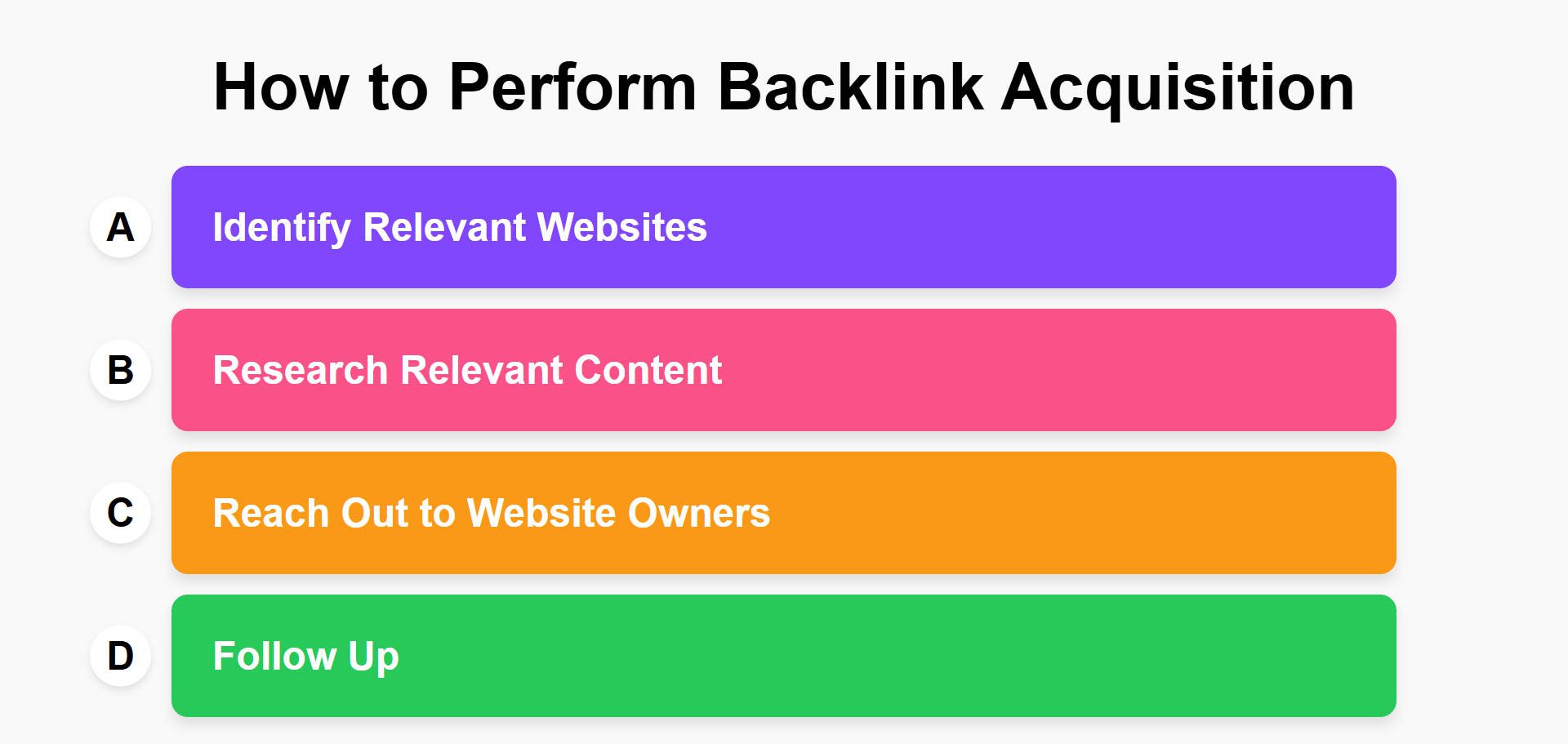
Backlink Acquisition entails a lot of conversations and strategy
Here’s how to get started, focusing on ethical and effective strategies:
- Broken Link Building: This strategy involves finding broken (404 error) links on relevant websites within your niche. You then contact the website owner, informing them of the broken link and suggesting your client’s relevant content as a replacement. This is a win-win: you get a backlink, and the website owner improves their site’s user experience.
- Strategic Guest Blogging: Guest blogging means writing and publishing articles on other websites in your industry. However, it’s crucial to be strategic. Focus on high-quality, relevant blogs with an engaged audience. Don’t simply create thin, keyword-stuffed content for any site that accepts it. Instead, provide valuable insights and expertise to benefit the blog’s readers. In return, you’ll typically receive a link back to your client’s website within the author bio or within the content itself (when relevant).
- Outreach to Niche Websites (Ethical and Transparent): This involves contacting website owners in your client’s niche to explore collaboration and link placement opportunities. This should not be confused with buying links from link farms or participating in private blog networks (PBNs), which are harmful “black hat” SEO tactics.
- Buying Websites: Some SEO agencies purchase entire websites (or create them from the ground up) in order to place relevant links on them. This is extremely hard to do and easy enough for Google to catch on. While this strategy can work, it is both expensive and time-intensive (you have to maintain these websites in order for the links to have any value). The goal should be to integrate the acquired site into your client’s overall strategy, not simply to place links.
Meticulous record-keeping is essential. Document your outreach efforts (who you contacted, when, and the outcome), the links you’ve acquired (URLs, anchor text), and the resulting changes in your website’s metrics (traffic, rankings). This data helps you refine your approach and demonstrate the value of your work.
Sample spreadsheet for tracking backlink requests
| Difficulty | Expected Deliverables | Tools Needed |
|---|---|---|
| Medium to High | Backlink strategy, outreach reports, link placement reports, backlink profile analysis, competitor backlink analysis, guest post content (if included), broken link-building reports, and regular reporting on backlink metrics (e.g., domain authority, referring domains). | Backlink analysis tools (e.g., Ahrefs, Semrush, Majestic), outreach tools (e.g., BuzzStream, Hunter.io), and content collaboration platforms. |
6. Organic Content SEO (Content Matching User Needs)
Organic content SEO is about creating new, high-quality content designed to attract organic traffic from search engines. This differs from on-page SEO, which focuses on optimizing existing content. Organic content SEO aims to capture a broader range of keywords and attract new audiences by creating net-new content that addresses search intent with value and storytelling.
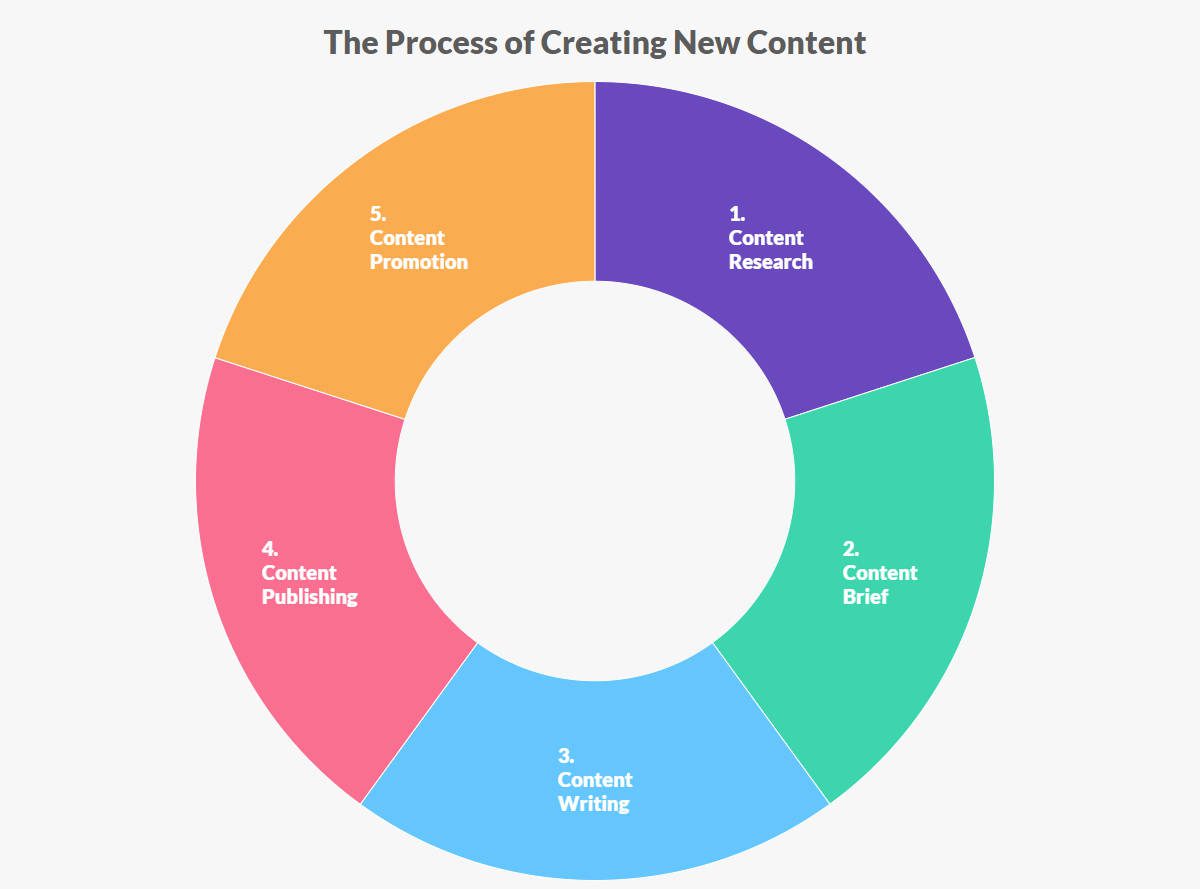
Net-new content should be strategic, creative, and address readers’ problems/expectations
A successful organic content SEO strategy involves careful keyword research to identify relevant topics and search terms. This is followed by creating engaging and informative content in various formats, such as blog posts, articles, infographics, and videos. This content is then optimized for search engines using on-page SEO techniques to maximize its visibility and reach.
Content Creation Tasks
- Keyword Research
- Competitor Analysis
- Writing Briefs
- Subject Matter Experts or Interviews
By consistently publishing valuable content, businesses can establish themselves as thought leaders in their industry, attract new customers, and drive sustainable organic growth. However, low-cost content creation has flooded the market, making it hard for you to rise above the noise. Creating content is an ineffable way to do SEO, but it takes more work than you might expect.
| Difficulty | Expected Deliverables | Tools Needed |
|---|---|---|
| Medium | Content strategy, keyword research reports, content calendar, individual content for blog posts/articles/infographics/videos (depending on the service), content promotion plan, and performance reports (traffic, engagement, conversions). | Keyword research tools (Semrush and Google Keyword Planner), content collaboration platforms, and analytics platforms (e.g., Google Analytics and Google Search Console). |
7. Brand SEO and Digital PR (for Strong Presence & Reputation)
Brand SEO and Digital PR focus on building a strong online presence and reputation for a brand. This goes well beyond ranking for specific keywords. Brand authority, increasing brand visibility, and fostering positive brand sentiment across channels (social, email, etc.) are the tasks at hand here.
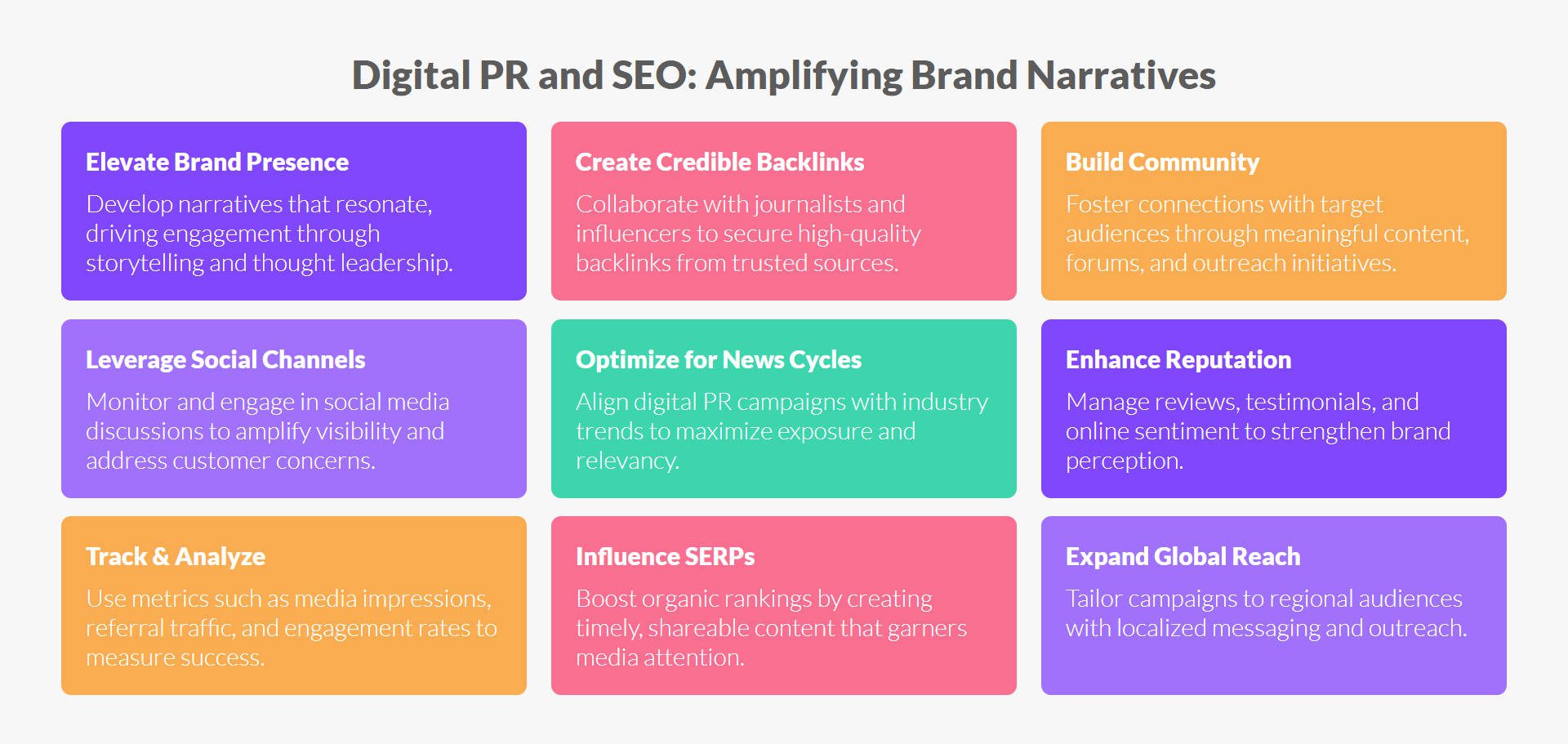
Multidisciplinary approach to Brand, SEO, and Increased Reach
Digital PR involves activities like securing backlinks from reputable websites, building relationships with journalists and industry influencers, engaging on social media platforms, and managing online reputation. Backlinks from high-authority sources act as endorsements, signaling to search engines that the brand is trustworthy and credible. Building relationships with journalists and influencers can lead to valuable media coverage and social media mentions, further amplifying brand visibility.
Consistent engagement on social media platforms helps build a community around the brand and fosters customer loyalty. By combining these strategies, brand SEO and Digital PR aim to create a cohesive and impactful online presence that drives brand recognition, customer engagement, and business growth. This is often a better fit for larger, established brands than smaller businesses just starting out.
| Difficulty | Expected Deliverables | Tools Needed |
|---|---|---|
| Medium to High | Brand audit, digital PR strategy, media outreach reports, influencer outreach reports, social media audit and strategy, online reputation management reports, brand mention tracking, and backlink acquisition reports from high-authority sources. | Media monitoring tools (e.g., Awario, Prowly by Semrush), social media analytics tools, influencer marketing platforms, and backlink analysis tools. |
8. Alternate Search Engine SEO (Go Beyond Google)
While Google holds a commanding share of the search market, optimizing solely for it can mean missing out on valuable traffic. Alternate Search Engine optimization (SEO) involves optimizing your website for other search engines, such as Bing and DuckDuckGo.
Each search engine uses its own unique ranking algorithms, although there’s significant overlap with Google’s general guidelines. For example, Bing tends to emphasize social signals and exact-match keywords more. Optimizing for these engines often involves submitting sitemaps to their respective webmaster tools, understanding their specific ranking factors, and adapting content and technical SEO strategies accordingly.
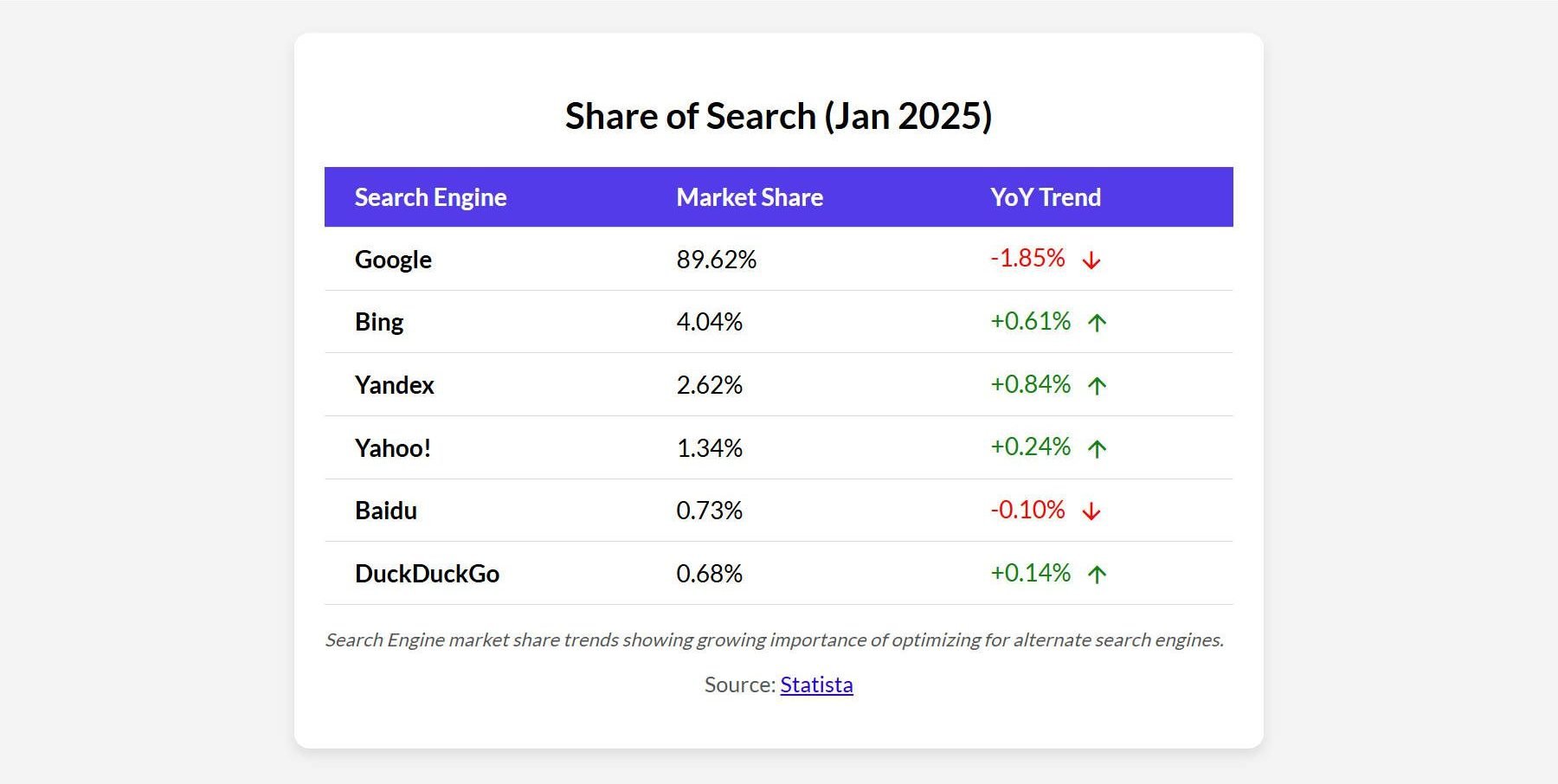
It’s becoming increasingly important to consider the rise of AI-powered search experiences. While often leveraging existing search indexes, these platforms present information in novel ways, such as conversational interfaces or curated answer boxes. While the underlying SEO principles (quality content, technical soundness) often apply, how information is presented and consumed may require content structure and formatting adjustments to suit these emerging search paradigms better.
This means thinking beyond traditional keyword targeting and focusing on providing comprehensive and contextually relevant answers to potential user queries, anticipating the kinds of questions a user might ask an AI search assistant.
| Difficulty | Expected Deliverables | Tools Needed |
|---|---|---|
| Medium | Optimization reports for target search engines (e.g., Bing, DuckDuckGo), keyword ranking reports for target search engines, sitemap submission reports for target search engines, and performance reports from relevant webmaster tools. | Bing Webmaster Tools, DuckDuckGo privacy reports (limited data), and keyword research tools. |
9. International/Multi-Lingual SEO (for More Reach)
For businesses targeting international markets, International/Multi-Lingual SEO is essential. This involves optimizing your website to rank well in different countries and languages. Translating your website involves more than just words—it requires understanding cultural nuances and local search behavior.
Key aspects of International/Multi-Lingual SEO include:
- Hreflang tags: These HTML tags tell search engines which language and region a specific page is intended for. Proper implementation of hreflang tags is crucial for avoiding duplicate content issues and ensuring that users are directed to the correct version of your website.
Localized content: Translating your website content is just the first step. You also need to adapt the content to the local culture, customs, and search habits of your target audience. This might involve using different keywords, adjusting the tone and style of your writing, and incorporating local examples and references. - URL structure: Choosing the proper URL structure for your international website is important for both SEO and user experience. Options include using subdomains (e.g., [invalid URL removed] for Spanish), subdirectories (e.g., [invalid URL removed] for Spanish), or country-code top-level domains (ccTLDs) (e.g., example.es for Spain).
- Local link building: Building backlinks from websites in your target countries can significantly improve your international SEO performance. This can involve guest blogging on local blogs, participating in local online forums, and building relationships with local influencers.
Beyond the structural changes that need to happen on your website, each piece of content (including templates, marketing funnels, and social channels) also needs to undergo a process of localization to be relevant to other audiences.

Hint: It is more than just running a page’s content through AI for translation
Translation of a website is a tall order. WordPress is one of the better platforms to use if you plan on having an international (multi-lingual) website since it has multiple translation plugins that help you manage these specialized tasks.
| Difficulty | Expected Deliverables | Tools Needed |
|---|---|---|
| High | International SEO strategy, keyword research in target languages, hreflang implementation reports, localized content audit, translation/localization management (if included), international link-building reports, and performance reports for each target region/language. | Translation tools, translation management plugin, hreflang tag generators, testing tools, international keyword research tools, and local search analysis tools for target regions. |
Start Offering SEO Services and Grow Your Business Today
Many agencies are well-positioned to offer SEO in addition to web design. This will require training, service development, and retooling. Adopting a growth mindset is key to successfully expanding your agency’s offerings. Embrace the challenge of learning new skills and developing new strategies. See each project as an opportunity to refine your expertise and build a stronger, more versatile business.
Tools like Divi can be instrumental in this process. Its built-in optimization features and flexible design options make it easier to implement SEO best practices and create visually appealing and search engine-friendly websites.
Adding a complementary service like SEO can significantly improve your agency’s profitability. Studies have shown that agencies offering multiple services experience a 20-30% increase in revenue compared to those focusing on a single core offering.
SEO Services Discussed
- Local SEO (for Small Businesses)
- On-Page SEO (for High-Performing Content)
- Technical SEO (for Better Performance & Visibility)
- Programmatic SEO (for Automation & Scale)
- Acquiring Backlinks (Off-page SEO for Establishing Authority)
- Organic Content SEO (Content Matching User Needs)
- Brand SEO and Digital PR (for Strong Presence & Reputation)
- Alternate Search Engine SEO (Go Beyond Google)
- International/Multi-Lingual SEO (for More Reach)

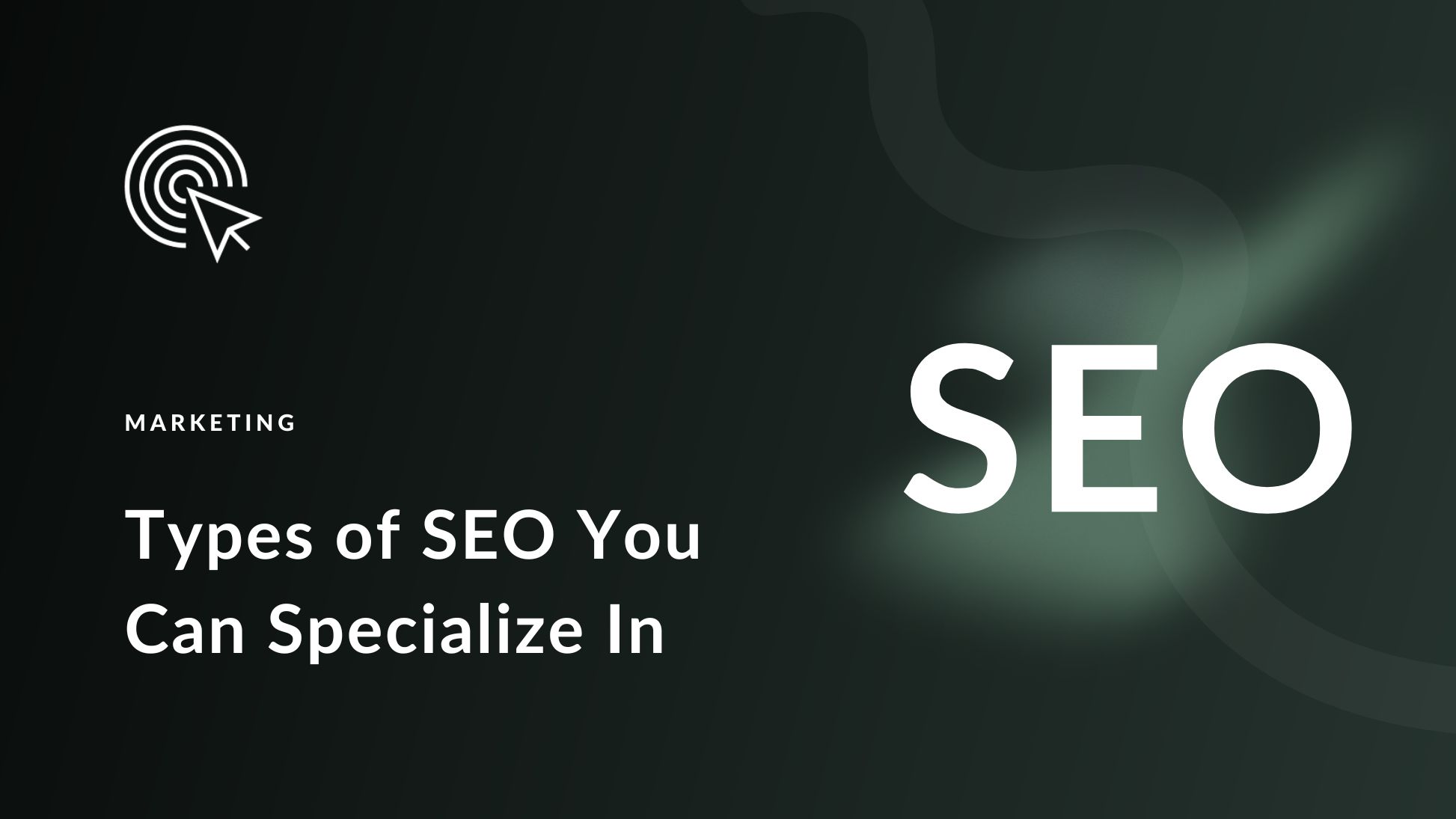
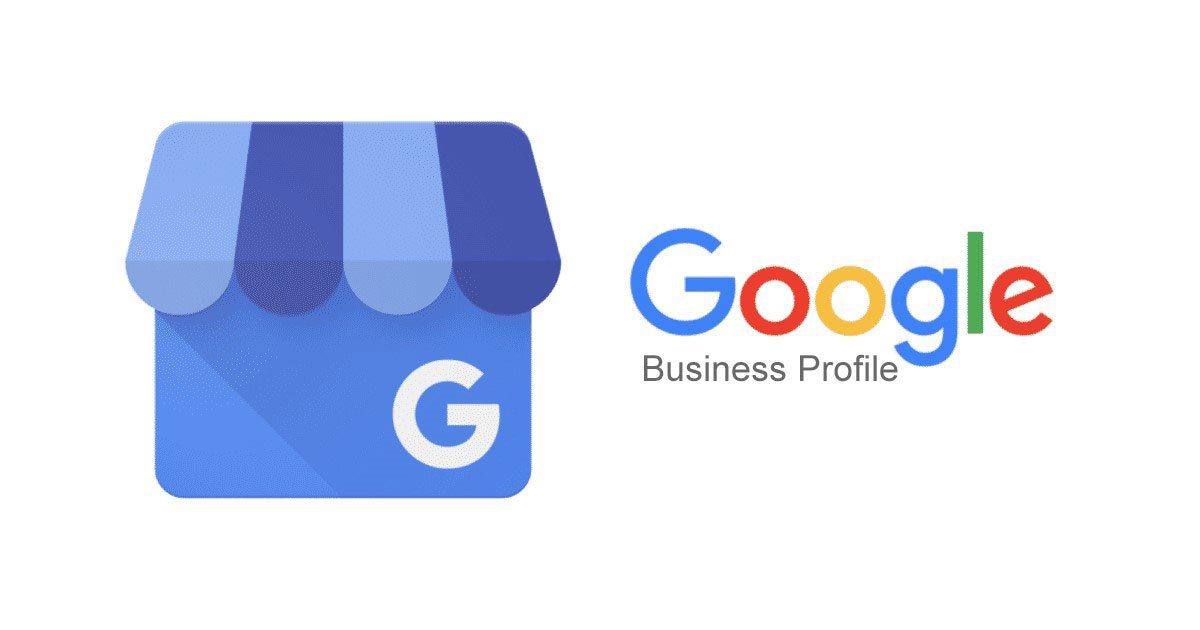

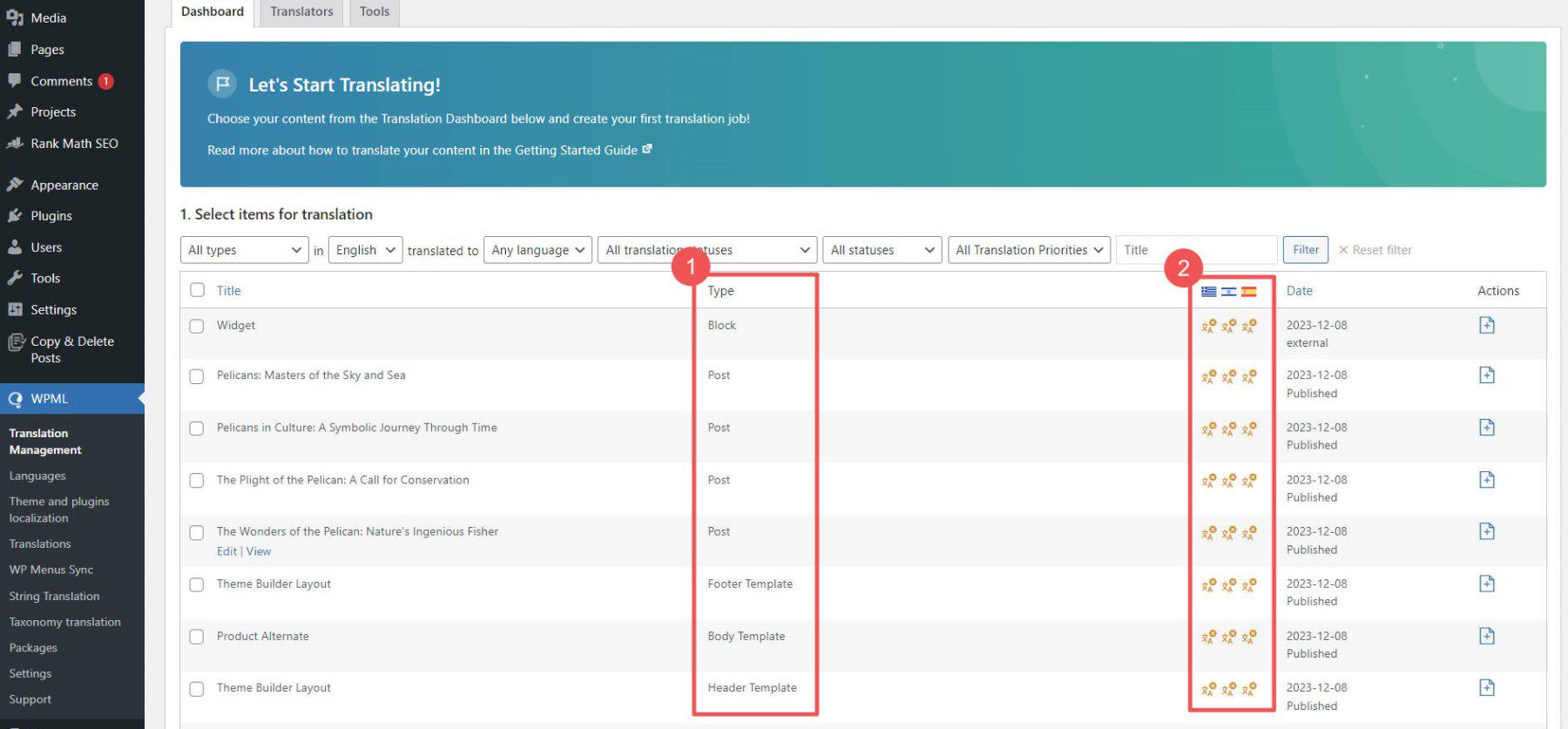
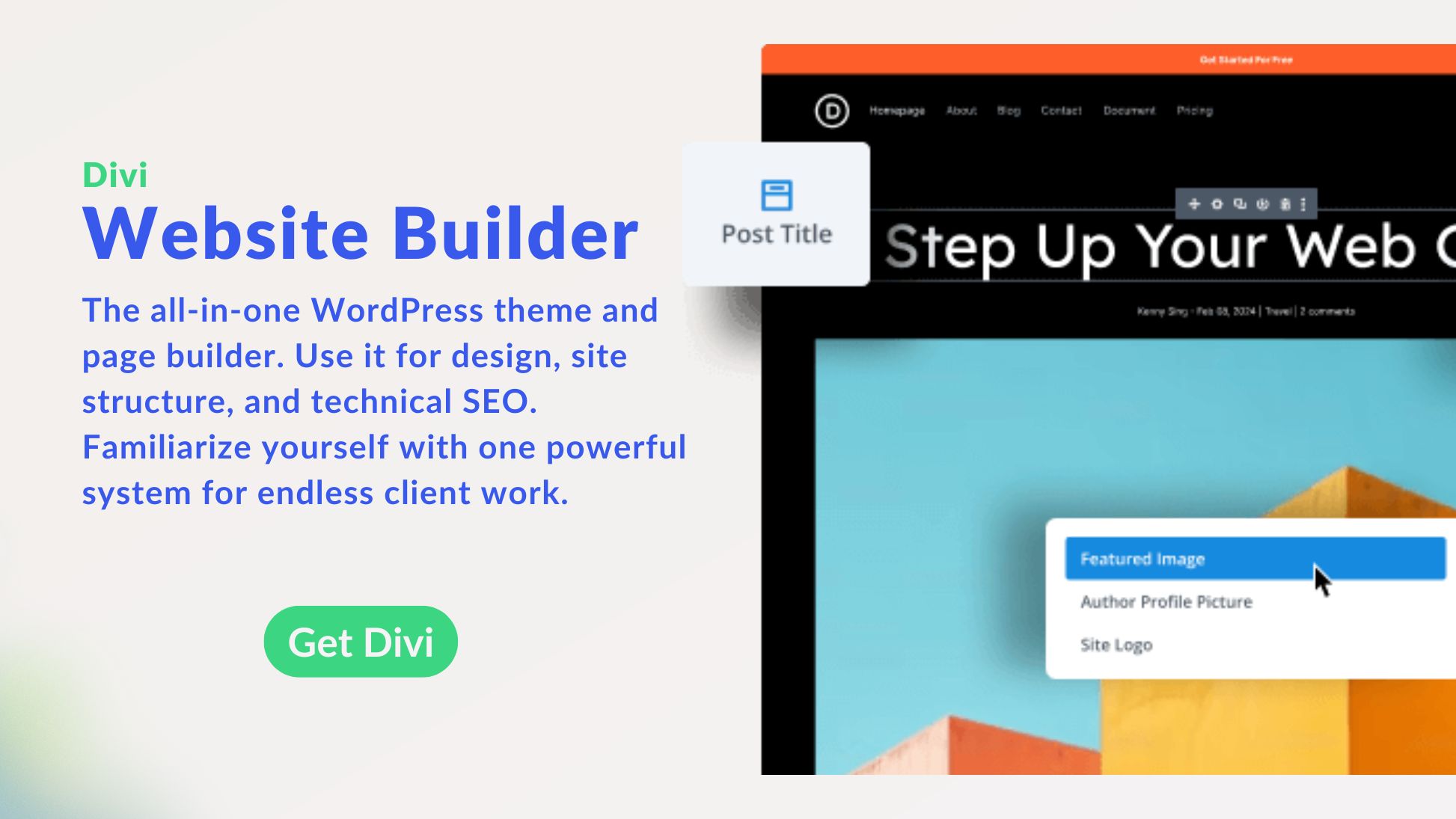







An extremely relevant and useful article for any one trying to understand SEO and how it is changing with times.